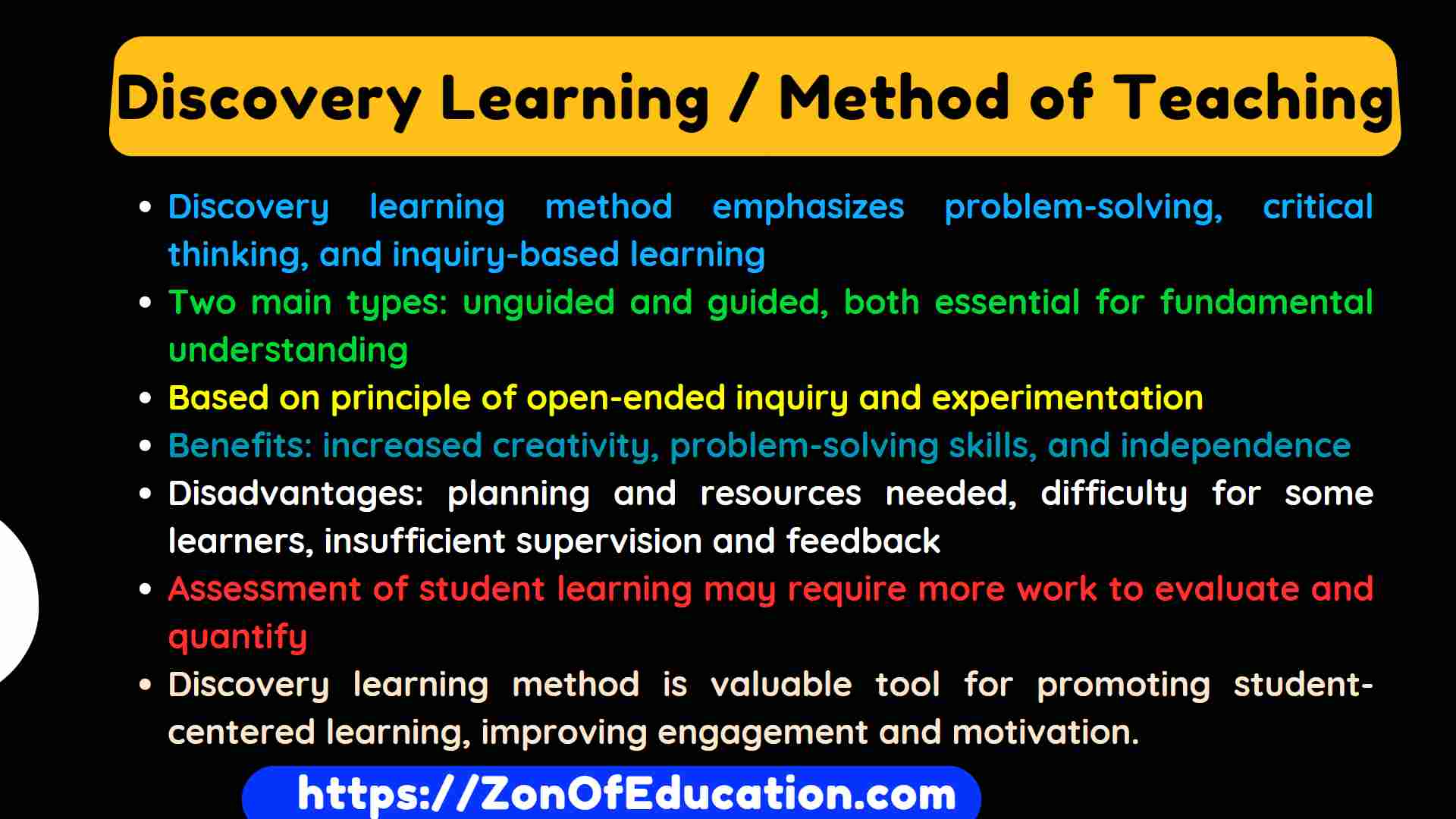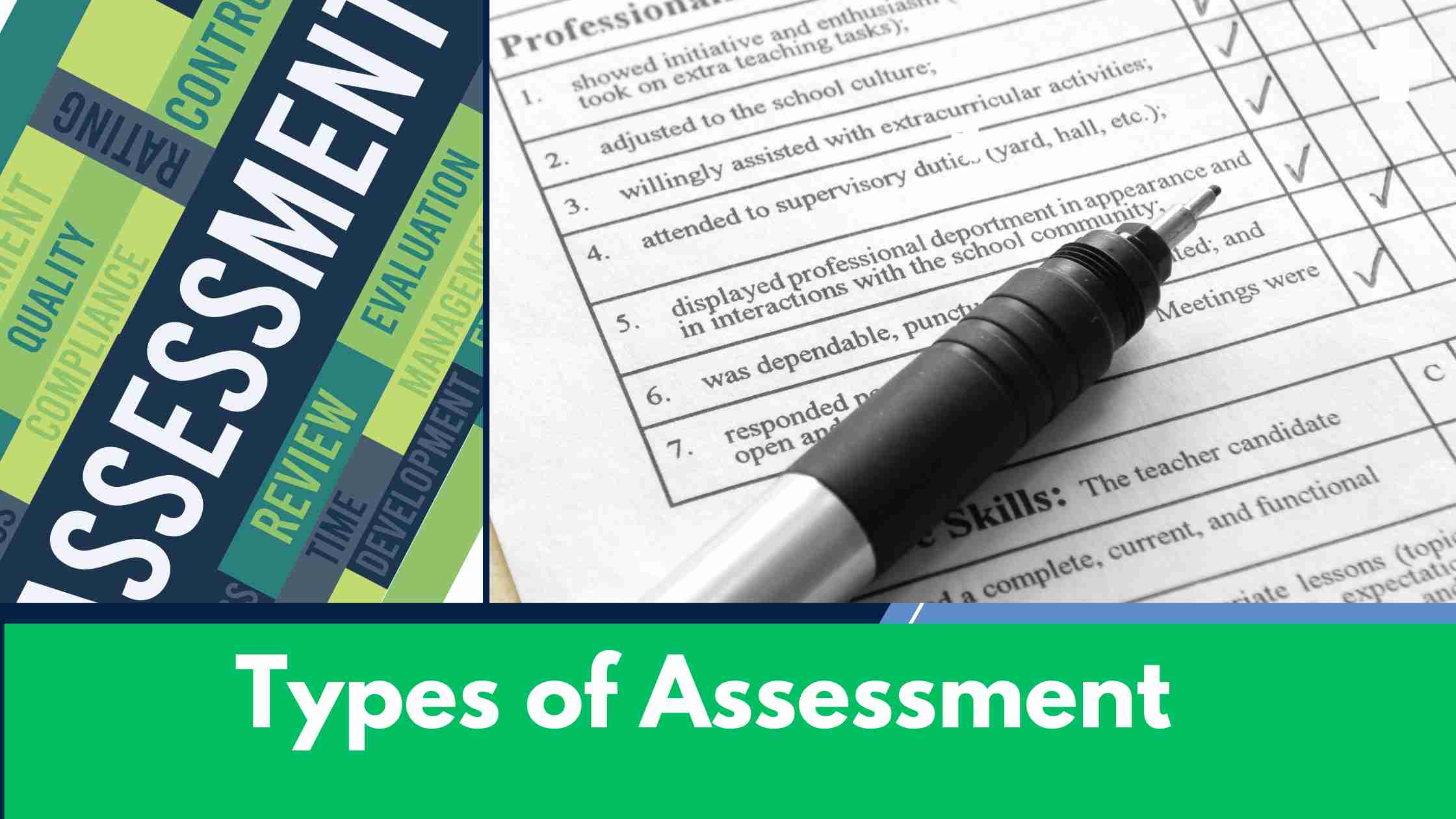Are you searching for the perfect sensory toys to support your child on the autism spectrum? Look no further! This comprehensive guide will dive deep into sensory toys, exploring their benefits and types and how to choose suitable toys for your child. Whether you are a parent, caregiver, or educator,
this guide will equip you with the knowledge and insights needed to provide a supportive and enriching sensory play experience. From tactile toys that engage the sense of touch to calming toys that provide a soothing effect, we will explore a wide range of options that cater specifically to the unique needs of children with autism.
Additionally, we will discuss the importance of pairing sensory toys with other therapeutic interventions to create a holistic approach to supporting children on the spectrum. Join us on this sensory journey as we unlock the power of play and empower autistic children to thrive and navigate the world around them.
| Product | Rating | Price |
Playskool Sit ‘n Spin Classic |
9
|
|
hand2mind Sensory Fidget Tubes |
6
|
|
Creativity for Kids Sensory Bin |
9.5
|
|
hand2mind Express Your Feelings Sensory Bottles |
8
|
|
Sensory Builder: Push Pop Bubble Fidget |
8.3
|
|
Crayola Toddler Touch Lights |
9
|
|
hand2mind Mindful Maze Boards |
10
|
|
hand2mind Changing Seasons Sensory Tubes |
7
|
|
Educational Insights Sensory Squares |
7.83
|
|
Stages Sensory Builder |
6.6
|
what are sensory toys for autism?
Sensory toys for autism are designed to provide autistic individuals with sensory experiences to help them self-regulate and manage sensory sensitivities. These toys cater to the unique sensory needs of individuals with autism spectrum disorder (ASD). Here are some examples of sensory toys commonly used for individuals with autism:
- Fidget Toys: These are small, handheld toys that can be squeezed, stretched, or manipulated. They help channel excess energy and promote focus.
- Weighted Blankets: These blankets provide deep touch pressure, offering a calming effect that can help individuals with autism relax and sleep better.
- Sensory Balls: Textured or spiky balls provide tactile stimulation and can be rolled or squeezed, offering a sensory experience.
- Chewable Jewelry: Necklaces or bracelets designed for chewing can be a safe outlet for individuals seeking oral stimulation.
- Visual Stimulation Toys: Toys with bright colors, lights, and graphic patterns can captivate attention and enhance visual focus.
- Auditory Toys: Items that produce soothing sounds or music, like noise-canceling headphones or calming music devices, can help individuals manage auditory sensitivities.
- Vibrating Toys: Objects that vibrate, such as vibrating cushions or massagers, provide additional sensory input and can be calming for some individuals.
- Tactile Boards: These boards have different textures for tactile exploration, helping individuals with autism become accustomed to various sensations.
How Sensory Toys Help Autism
Sensory toys play a pivotal role in addressing the sensory needs of individuals with autism. Sensory toys stimulate one or more senses: sight, sound, touch, smell, and taste. They can help children with autism by:
- Reducing stress and anxiety
- Improving focus and attention
- Developing motor skills and coordination
- Enhancing communication and social skills
- Increasing self-confidence and self-awareness
Different types of sensory toys for autism
Sensory toys are invaluable tools for individuals with autism, providing a means to engage and explore their senses. The market offers diverse sensory toys designed to cater to different sensory needs. Let’s delve into the various types of sensory toys that can positively impact the lives of those with autism.
Visual Sensory Toys
Light-Up Projectors: These toys project calming images and lights, creating a visually stimulating environment. They can aid in developing focus and visual tracking skills.
Colorful Bubble Tubes: Bubble tubes filled with vibrant colors offer a mesmerizing visual experience. The gentle bubbles and changing lights provide both calming and engaging effects.
Visual Stimulation Cards: Cards with contrasting patterns and bold colors can enhance visual attention and focus. These cards are portable and can be used in various settings.
Tactile Sensory Toys
Textured Fidget Toys: Fidget toys with different textures, such as soft, bumpy, or squishy surfaces, provide tactile stimulation. They are effective in promoting tactile exploration and comfort.
Weighted Blankets: These blankets provide deep pressure and a sense of security. They can help individuals with autism relax and improve sleep by promoting the release of calming neurotransmitters.
Sensory Balls with Spikes: Balls with soft spikes offer tactile feedback. Squeezing or rolling these balls can be a therapeutic and stress-relieving activity.
Auditory Sensory Toys
Musical Instruments: Simple musical instruments like drums, xylophones, or tambourines allow individuals to explore and create sounds. This promotes auditory stimulation and enhances aural processing skills.
Sound-Activated Toys: Toys that produce sounds responding to touch or movement provide interactive auditory experiences. These toys encourage engagement and responsiveness.
White Noise Machines: White noise or natural sound machines can create a calming auditory background, helping individuals with autism manage sensory overload.
Kinetic Sensory Toys
Swings and Hammocks: Swinging provides vestibular and proprioceptive input, aiding sensory integration. Swings and hammocks are excellent for individuals who seek movement.
Balance Boards: These boards engage the vestibular system and help improve balance and coordination. They provide a dynamic surface for individuals to stand or sit on.
Body Socks: Body socks provide deep pressure and proprioceptive input. They create a cocoon-like experience, helping individuals with autism regulate their sensory systems.
Interactive Sensory Toys
Interactive Light-Up Panels: Panels with touch-sensitive lights encourage interaction. They are visually appealing and promote cause-and-effect understanding.
Talking and Interactive Toys: Toys that respond to touch or voice with lights, sounds, or movement enhance engagement. These toys can be personalized to cater to individual preferences.
Sensory Apps and Games: Interactive apps and games on tablets or smartphones provide multisensory experiences. They are portable and versatile tools for sensory stimulation.
Benefits of using sensory toys for children with autism
Sensory toys play a pivotal role in the lives of children with autism, offering many benefits that contribute to their overall well-being and development. From enhancing sensory processing to promoting engagement, these specialized toys are valuable tools in supporting children with autism. Let’s explore the significant advantages of incorporating sensory toys into the lives of these young individuals.
Sensory Stimulation and Regulation
Sensory toys provide targeted sensory stimulation, addressing the unique sensory processing challenges often faced by children with autism. These toys are designed to engage specific senses, such as touch, sight, and hearing, facilitating sensory regulation. Through controlled exposure to sensory input, children can better manage and process information from their environment.
Enhanced Focus and Attention
Engaging with sensory toys encourages focused attention. Many children with autism experience difficulties in maintaining attention and concentration. Sensory toys promote sustained interest through their captivating features, helping children engage in play activities and other learning experiences.
Calming and Stress Reduction
Certain sensory toys, such as weighted blankets and fidget toys, offer calming effects. Deep pressure from weighted items provides a sense of security, while fidget toys allow for tactile exploration, reducing stress. These toys become valuable tools in creating a soothing environment for children with autism.
Improved Fine and Gross Motor Skills
Sensory toys often involve manipulative actions, contributing to developing fine motor skills. Activities like squeezing stress balls or exploring textured surfaces help enhance hand-eye coordination and dexterity. Additionally, toys that involve movement, such as swings, can support the development of gross motor skills.
Encourages Social Interaction
Some sensory toys are designed for group or social activities. Engaging in sensory play with peers or family members fosters social interaction skills. Sharing sensory experiences can create opportunities for connection and communication, promoting positive social development.
Facilitates Language Development
Sensory play can be a powerful tool for language development. Describing sensory experiences, such as textures, colors, and sounds, helps build a child’s vocabulary. Engaging in meaningful conversations during sensory activities contributes to language acquisition and expression.
Promotes Independence and Self-Regulation
Through sensory toys, children with autism can learn to self-regulate and independently manage sensory input. This empowerment fosters a sense of control over their environment, contributing to increased independence and self-confidence.
Versatility in Intervention
Sensory toys offer a versatile approach to intervention. They can be used in various settings, including home, school, and therapy sessions. The adaptability of sensory toys allows for consistent support across different environments, contributing to a child’s overall sensory well-being.
Positive Impact on Behavior
Regular engagement with sensory toys has been associated with positive changes in behavior. These toys can help reduce sensory-seeking or sensory-avoidant behaviors by addressing sensory needs. This positive impact extends to improved emotional regulation and overall mood.
Enhances Quality of Life
Ultimately, the benefits of using sensory toys for children with autism contribute to an enhanced quality of life. By addressing specific sensory challenges and promoting overall development, these toys become instrumental in creating a supportive and enriching environment for children on the autism spectrum.
Factors to Consider When Choosing Sensory Toys
Choosing suitable sensory toys is a thoughtful and personalized process, mainly catering to individuals with unique sensory needs, such as those with autism. To ensure a positive and practical sensory experience, consider the following factors when selecting sensory toys for yourself, a child, or someone you care for.
Individual Needs and Preferences
Before diving into sensory toys, take the time to understand the individual’s specific sensory needs and preferences. Some individuals may be more sensitive to certain stimuli, while others may seek out particular sensations. Knowing these preferences helps tailor the selection to suit the individual.
Safety Considerations
Safety is paramount when choosing sensory toys. Ensure the selected toys are age-appropriate and accessible from small parts that could pose a choking hazard. Check for any allergens in materials, primarily if the individual has known allergies.
Sensory Input Type
Identify the type of sensory input that would benefit the individual the most. Whether it’s visual, tactile, auditory, or a combination, selecting toys that align with the desired sensory experience enhances the effectiveness of the intervention.
Durability and Quality
Invest in sensory toys that are durable and of high quality. Individuals with autism may engage with toys more intensely than others, so durability ensures longevity. Quality toys are also more likely to provide a consistent and reliable sensory experience.
Portability and Accessibility
Consider the portability of the sensory toys, primarily if they are intended for on-the-go use. Portable options allow for sensory support in various settings, contributing to a more flexible and accommodating sensory toolkit. Additionally, choose toys that are easily accessible for the individual.
Consultation with Professionals
Seek input from professionals, such as occupational therapists or educators specializing in sensory integration. These professionals can offer valuable insights into the specific sensory needs of the individual and recommend suitable toys based on their expertise.
Versatility of Use
Opt for toys that offer versatility in use. Toys with multiple sensory features or adaptable components allow for various experiences, keeping the individual engaged and preventing sensory habituation.
Engagement Level
Consider the level of engagement the toy provides. The engagement level should align with the individual’s preferences and abilities, whether it’s a highly interactive toy or promotes independent exploration.
Therapeutic Benefits
Look for sensory toys that offer therapeutic benefits beyond immediate enjoyment. Some toys are designed to support specific sensory processing difficulties and contribute to developmental goals.
Budget Considerations
While quality is crucial, it’s also essential to consider budget constraints. Various sensory toys are available at different prices, allowing for options that suit financial considerations without compromising quality.
Top 10sensory toys for autism
1-Playskool Sit ‘n Spin Classic Spinning Activity Toy for Toddlers Ages Over 18 Months
The Playskool Sit ‘n Spin Classic Spinning Activity Toy is ideal for toddlers over 18 months old!
It features a stationary wheel that your child can push or pull to spin the base at fast or slow speeds. This toy helps your toddler practice their balance, coordination, and motor skills while providing hours of entertainment. The durable construction of the toy ensures it will last for multiple playtimes.
Plus, it ships in simple, recyclable brown packaging that is easy to open and frustration-free. This is the perfect option if you want an activity toy for your little one!
2-hand2mind Sensory Fidget Tubes, Anxiety Relief Toy, Occupational Therapy Toys, Fidget Toys for Kids
The hand2mind Sensory Fidget Tubes are an excellent option for children who need help managing their emotions and relieving anxiety. The four tubes provide different tactile experiences that children can explore – the glitter tube for visual stimulation, the fidget tube to shake and move around, the reverse hourglass for auditory stimulation, and the gravity spinner for kinesthetic and visual stimulation.
These sensory toys also help children develop fine motor skills by pressing buttons, flipping, moving, shaking, and exploring the tubes. The materials are also comfortable and safe, making it suitable for children of all ages.
In conclusion, the hand2mind Sensory Fidget Tubes are an excellent choice for kids who need an outlet for their feelings and emotions.
3-Creativity for Kids Sensory Bin: Outer Space Toys – Preschool and Toddler Sensory Toys, Kids Gifts for Boys and Girls
The Creativity for Kids Sensory Bin: Outer Space Toys is a great learning toy for 4-year-olds that can provide endless hours of imaginative and creative play. This sensory bin features a variety of outer space-themed items, including sparkling stars, space rocks, an astronaut, a squishy alien, and more. Kids can use the bin to play pretend, create stories, count items, and more. Plus, it comes with a convenient lid for easy storage.
This space toy is perfect for toddlers, birthdays, rainy days, and other kids’ gifts. Not only is it fun to play with, but it also helps promote sensory development and create cognitive tasks for preschoolers.
In conclusion, the Creativity for Kids Sensory Bin: Outer Space Toys is an ideal gift for your child that will help to provide hours of imaginative and creative play.
4-hand2mind Express Your Feelings Sensory Bottles, Play Therapy Toys, Visual Sensory Toys,
Hand2mind Express Your Feelings Sensory Bottles are an excellent way for kids to explore their emotions in a fun and educational way.
This set includes 4 easy-to-grip, securely sealed bottles to help children identify their emotions—happy, angry, scared, or sad. Each bottle also includes a unique emotion, color, and interactive element that connects to one of the 4 emotions.
Plus, the set comes with an activity guide that encourages conversations about responding to emotions in positive and productive ways. These bottles are sensory fidget toys that react differently when you mix, shake, or flip them. The only downside is that these bottles are designed for children, so that they won’t work as a tool for adults.
These sensory bottles are an excellent way for children to learn to express their feelings and emotions.
5-Sensory Builder: Push Pop Bubble Fidget Sensory Toy for Anxiety, Autism, ADD, and ADHU,
The Sensory Builder Push Pop Bubble Fidget Sensory Toy is an ideal choice for children, particularly those with autism, ADD, ADHD, anxiety, and stress.
The bubble pops provide a pleasant sound when pressed, and the toy is safe and comfortable for children. It can be used to reduce stress and provide focus. However, it is unsuitable for adults due to its size and the sound of the bubbles popping.
Overall, the Sensory Builder Push Pop Bubble Fidget Sensory Toy is an excellent choice for children who need to reduce stress or focus their attention. It is comfortable and safe to use, and the bubbles popping can help balance their emotions.
6-Crayola Toddler Touch Lights, Musical Doodle & Sensory Board, Sensory Toys for Toddlers,
The Crayola Toddler Touch Lights, Musical Doodle & Sensory Board is an ideal toy for 2-year-olds beginning to discover and express their creative side.
This interactive sensory board combines touch, light, and sound to stimulate your toddler’s fingertips. Thanks to the self-contained gel surface, they can explore and create without the mess of finger painting.
Plus, they can enjoy twelve vibrant colors and six melodies as they doodle and expand their imagination through play. This toy is lightweight and portable, so it’s a great way to help your little one express creativity while on the go.
7-hand2mind Mindful Maze Boards, Learn Breathing Patterns, Mindfulness for Kids Anxiety Relief, Tactile Sensory Toys, Play
The hand2mind Mindful Maze Boards are an effective tool for teaching children to control their breathing and find calm during difficult and anxious moments.
Featuring three double-sided maze boards, these colorful designs provide visual cues for breathing exercises and help children practice mindful breathing. The boards are safe and comfortable, making them a great addition to any home, classroom, or sensory room.
They are an ideal way to help children build social-emotional coping skills and can be used in occupational therapy. So, if you’re looking for a way to help kids manage anxiety, the hand2mind Mindful Maze Boards are a great choice.
8-hand2mind Changing Seasons Sensory Tubes, Sensory Fidget Tubes, Learning Weather for Kids, Anxiety Calming Tools, Stress Relief Toys
These Hand2Mind Changing Seasons Sensory Tubes are a fantastic resource for children to explore the changing seasons and discover the natural elements associated with them.
They feature four seasons with easy-to-grip and color-coded tubes with fun elements like plants, animals, sun, and snow. Not only do they help children learn about the different weather conditions, but they also provide a great way to help children self-regulate and manage their emotions.
With these Changing Seasons Sensory Tubes, children can learn to practice self-awareness and mindfulness while having fun and staying balanced.
9-Educational Insights Sensory Squares, Textured Beanbags Squares, Toddler Sensory Toys,
The Educational Insights Sensory Squares are a great learning toy for toddlers to help them develop their tactile awareness and fine motor skills.
These squares comprise 10 different pairs of textures, like bumpy, furry, and fuzzy, which can help toddlers identify different textures and build vocabulary. The beanbags measure 2-3 inches, making them perfect for small hands, and the drawstring bag helps with convenient storage.
The activity guide with the squares offers instructions on using the squares for matching, descriptors, communication, and tactile discrimination activities. The squares are also safe as they are made of soft materials that are comfortable to touch. So, if you’re looking for a fun learning toy for your toddler, the Educational Insights Sensory Squales could be a great choice.
10-Stages Sensory Builder: Stretchy String, Set of 6 Rainbow Colors, Sensory Toy for Autism
The Stages Sensory Builder Stretchy String Set of 6 Rainbow Colors is an ideal sensory fidget toy set for children and adults. It includes six different colors of stretchy strings, perfect for relieving stress and anxiety.
The strings are soft, squishy foam that is comfortable to hold and squeeze. It is an ideal tool for those who suffer from anxiety, autism, ADD, or ADHD or want a way to take the edge off. It is also great for keeping kids active and focused and for helping them relax. These strings suit children aged three or above, and the six colors provide something for everyone.
This set of strings is an excellent aid for children and adults who need an extra tool to stay focused and relaxed. It is comfortable, safe, and provides enough tactile input to be beneficial.
How to integrate sensory toys into daily routines
For children with autism, integrating sensory toys into daily routines can be a transformative and enriching experience. Caregivers can provide consistent sensory support by strategically incorporating these toys into various activities, fostering a more regulated and engaging environment. Let’s explore practical strategies for seamlessly integrating sensory toys into daily routines.
Morning Wake-Up Routine
Sensory Wake-Up Call: Begin the day with a sensory wake-up routine. Introduce toys with varying textures, such as soft plush items or textured balls, to provide tactile stimulation. This helps in transitioning from sleep to an alert state.
Mealtime Sensory Exploration
Sensory-Friendly Utensils: Consider using textured grips or vibrating utensils during meals. This adds a sensory element to eating and promotes the development of fine motor skills.
Chewable Necklaces or Bracelets: Chewable necklaces or bracelets can be discreet tools for sensory input during meals for children who benefit from oral stimulation.
Educational Playtime
Incorporate Learning: Use sensory toys as educational tools during playtime. For example, introduce textured letters or numbers during letter recognition activities. This combines learning objectives with sensory exploration.
Sensory Bins: Create sensory bins with various materials like rice, beans, or sand. Add small sensory toys to the bins for a tactile treasure hunt, promoting sensory engagement and imaginative play.
Sensory Breaks
Scheduled Sensory Breaks: Plan short sensory breaks throughout the day. These breaks can include activities like swinging, using fidget toys, or engaging with sensory-friendly tools to help prevent sensory overload.
Calming Corners: Designate a calming corner with sensory toys like stress balls, soft cushions, and weighted blankets. Encourage the child to retreat to this space when feeling overwhelmed.
Bedtime Rituals
Sensory Bedtime Routine: Create a calming bedtime routine by incorporating sensory toys. Weighted blankets or plush toys with calming scents can signal the transition to sleep.
Projection Nightlights: Use sensory-friendly nightlights that project soothing images onto the ceiling. This adds a visual element to the bedtime routine, promoting relaxation.
Outdoor Sensory Play
Nature Exploration: Take sensory toys outdoors. Nature provides a rich sensory environment, and activities like exploring textures, playing with outdoor swings, or engaging in water play can enhance the sensory experience.
Balance Activities: Incorporate balance activities using outdoor play equipment. Swings, slides, and balance beams provide vestibular input, contributing to sensory integration.
Frequently Asked Questions (FAQs)
Here are five frequently asked questions (FAQs) related to the topic “Sensory Toys for Autism
What are sensory toys, and how do they benefit individuals with autism?
Sensory toys are specially designed objects that stimulate the senses. They benefit individuals with autism by providing a means for sensory exploration and promoting developmental skills.
Do sensory toys help autism?
Yes, sensory toys can be beneficial for individuals with autism. These toys are designed to provide sensory stimulation and can help individuals with autism manage sensory sensitivities and challenges.
At what age can sensory toys be introduced to a child with autism?
Sensory toys can be introduced at a young age. Many are designed to cater to different developmental stages, making them suitable for toddlers and beyond.
Can sensory toys help manage sensory challenges and sensory overload in individuals with autism?
Yes, sensory toys can be practical tools for managing sensory challenges and preventing sensory overload. They offer a controlled and enjoyable way for individuals to engage with different stimuli.
Do sensory toys replace professional therapy for individuals with autism?
While sensory toys complement therapeutic interventions, they should not replace professional guidance. Integrating sensory toys into a broader support plan tailored to the individual’s needs is essential.
Are there specific sensory toys recommended for adults with autism?
Sensory toys are designed for adults, considering their unique preferences and sensitivities. These toys cater to a more mature sensory exploration.
How can parents incorporate sensory toys into their child’s daily routine?
Parents can start by introducing sensory toys during short, enjoyable sessions. Gradually incorporating them into daily activities and routines helps create a seamless and beneficial experience for the child.
Are sensory toys only beneficial for individuals with autism, or can others also benefit from them?
Sensory toys are not exclusive to individuals with autism. People of all ages with various sensory preferences and needs can benefit from sensory play’s therapeutic and enjoyable aspects.
Where can I find reliable information about sensory toys and autism?
To obtain reliable information about sensory toys and autism, consider consulting healthcare professionals, therapists, and reputable sources specializing in autism support. These sources can provide evidence-based guidance for choosing and using sensory toys effectively.
conclusion
In conclusion, the world of sensory toys for autism opens a realm of possibilities for enhancing the lives of individuals on the spectrum. The curated list of the 10 best sensory toys guides those seeking tools that are engaging and tailored to the unique needs of individuals with autism. With their thoughtful design and proven effectiveness, these toys stand as beacons of support, fostering joy, development, and meaningful connections for those navigating the sensory landscape of autism.


















[…] concepts and facilitate meaningful connections. Students can process information through different sensory channels by integrating visual, auditory, kinesthetic, and tactile experiences, promoting deeper comprehension and memory […]
[…] the flipped classroom model, educators can harness the power of technology and pedagogy to unlock the full potential of every student, preparing them for success in an ever-changing […]